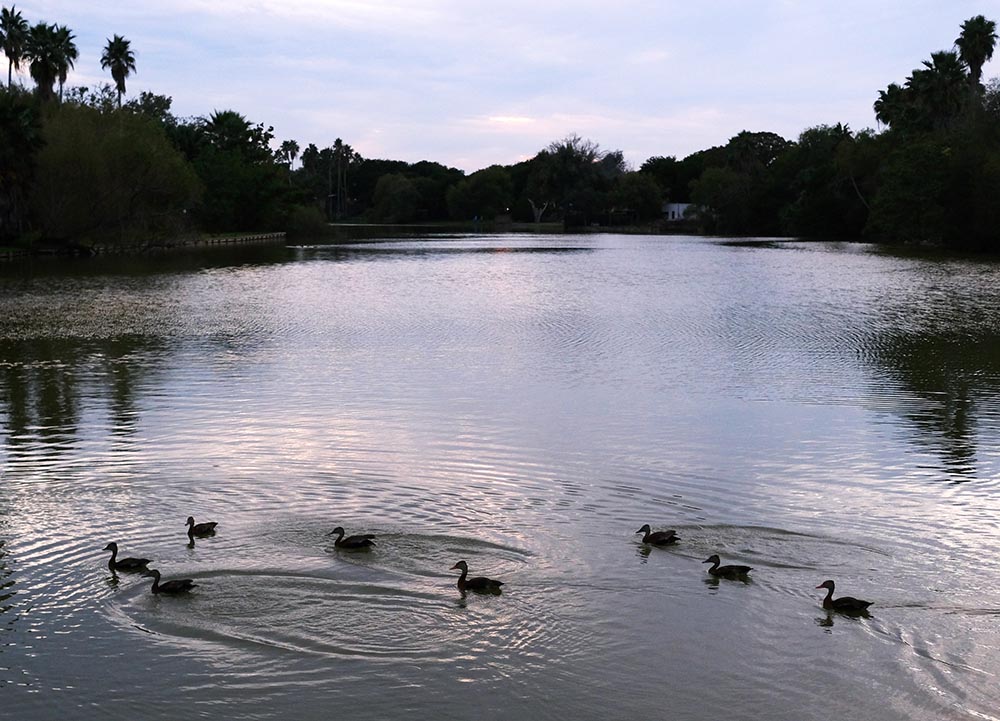A repeat this winter of the frigid onslaught that gripped the state last Feb. 14-20 would be very unusual, since such record-shattering outlier events rarely happen in consecutive years, though “several freezes” are still possible.
That’s according to Barry Goldsmith, warning coordination meteorologist with the National Weather Service Brownsville-Rio Grande Valley station, who issued a bulletin Oct. 22 referencing highlights of National Oceanic and Atmospheric Administration’s just-released, long-lead outlook for December through February.
Among NOAA’s chief predictions are the return of La Niña, resulting in conditions “generally warmer and drier than average” across the southernmost third of the United States, worsening of the drought in the Southwest and Intermountain West regions, and redevelopment or worsening of drought in Texas and Oklahoma.
What that means for the Rio Grande Valley is temperatures likely above normal this winter, with the outlook leaning toward below-normal precipitation, according to NOAA. In that sense it would be a repeat of last winter’s warmer/drier-than-usual conditions. If the forecast turns out to be right, drought will redevelop and worsen by the end of February, with the highest probability being a return of severe drought (Level 2) to exceptional drought (Level 4, the highest), Goldsmith said.
Drought would be least and slowest to return east of I-69C, from the McAllen metro area to the Lower Valley and Kenedy county ranch lands, he said, noting that moderate (Level 1) to severe (Level 2) drought is already occurring in parts of the Starr, Jim Hogg and Zapata counties. Falcon Reservoir and Amistad International Reservoir are entering mid-autumn “several ticks lower” than the same time last year, and with diminishing potential for high rainfall totals it’s possible that the state’s share of Falcon Reservoir could match the lowest levels on record since 1990, Goldsmith said.
“The combination of worsening drought and very low lake levels could create both irrigation problems and municipal water supply issues, especially from Hidalgo and Brooks (counties) to Zapata County,” he said.
Lack of moisture means no shortage of dry grass and brush to fuel wildfires, so burn bans may have to be reimposed across the region by spring 2022 as they were in spring of this year, Goldsmith said. Despite the outlook for warm, dry weather, the atmospheric pattern NWS is forecasting could result in “cold to very cold air” sweeping the Valley south into Mexico on several occasions this winter, he said.
Goldsmith said now is a good time to review winter weather plans, especially given last February’s prolonged deepfreeze, though he stressed that NWS is not necessarily predicting that the same thing will happen this coming winter.
“That said, we do not have a crystal ball to foresee exactly what might happen between late December and mid February, so being prepared for freezing temperatures and wintry precipitation is a smart call,” he said.





